
Blog
Why Smart Materials are the Future of Malaysian Home Construction | RumahHQ
Imagine walking into a home that adapts to the weather, changes color with the seasons, or even repairs itself when damaged. Sounds like something out of a sci-fi movie, right? But in reality, these fascinating innovations are becoming increasingly possible thanks to smart materials. As Malaysia continues to grow and urbanize, the need for sustainable and adaptable construction solutions has never been more urgent. In this article, we’ll explore why smart materials are not just a trend, but a crucial part of the future of home construction in Malaysia. From enhancing energy efficiency to improving durability, these materials hold the key to building homes that are not only stylish and functional but also in tune with our climate and lifestyle. Let’s dive into the world of smart materials and discover how they can transform the way we build, live, and interact with our homes.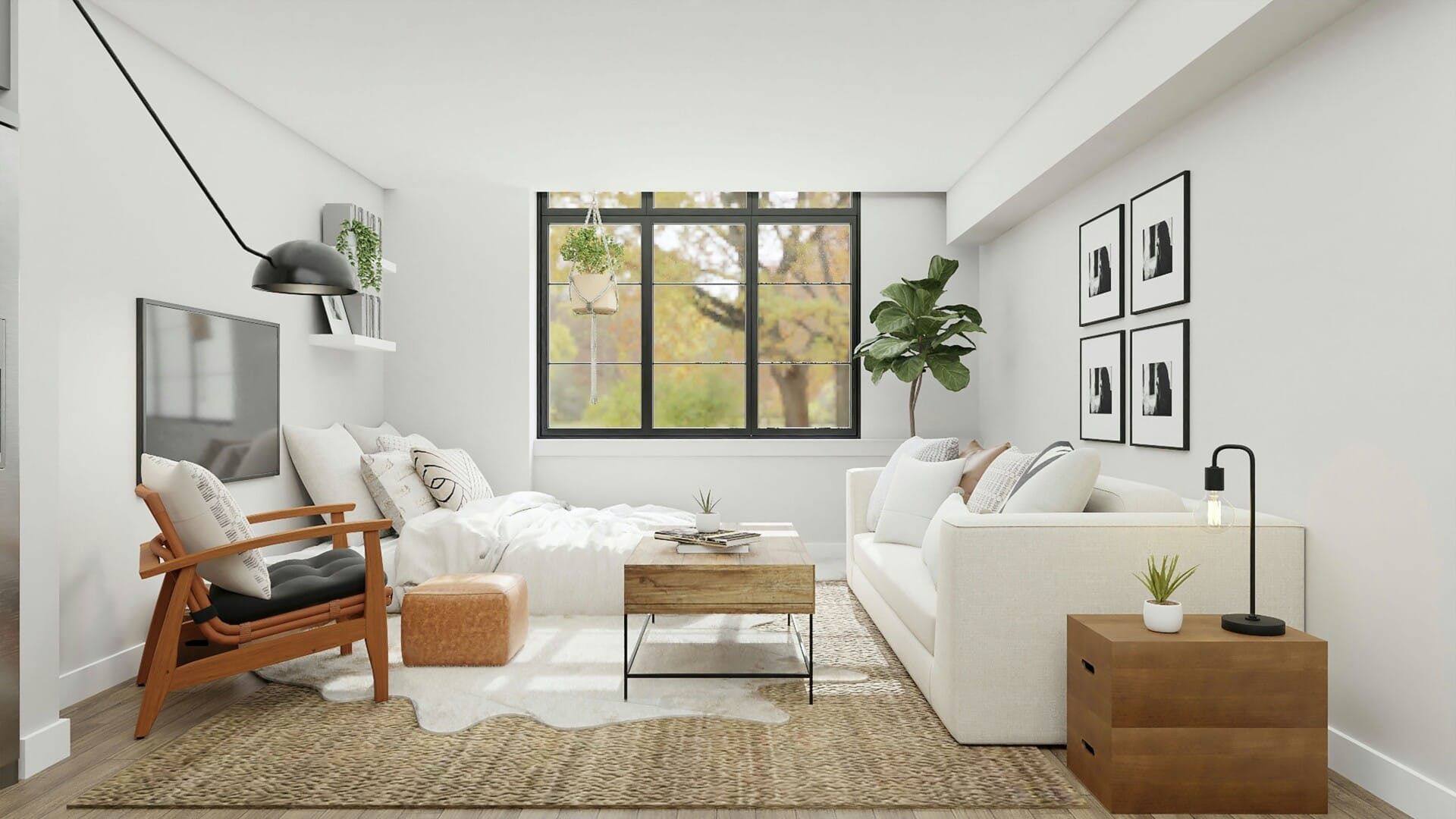
The Rise of Smart Materials in Malaysian Architecture
The integration of smart materials into architecture is transforming the way Malaysians think about their homes. These innovative materials possess unique properties that respond dynamically to environmental changes, making them ideal for the tropical climate. Imagine living in a house that can regulate its temperature, enhance energy efficiency, and even modify its aesthetic depending on the time of day or season. Sounds futuristic? Well, it’s happening right now in Malaysia!
One of the most remarkable features of smart materials is their ability to adapt. For instance, photochromic materials change color when exposed to sunlight, providing both a stunning visual effect and added insulation. Conductive polymers can manage heat and reduce energy consumption in cooling systems, thereby lowering electricity bills. Here are some standout materials being utilized:
- Phase Change Materials (PCM): Help to maintain comfortable indoor temperatures.
- Self-healing Concrete: Repairs itself, extending lifespan and reducing maintenance costs.
- Shape Memory Alloys: Flexibly respond to stress and temperature, enhancing structural integrity.
Moreover, the focus on sustainability in Malaysia’s architectural landscape encourages the use of smart materials. With rising concerns over climate change and resource depletion, building homes that efficiently use energy and materials is becoming increasingly important. Smart materials not only contribute to reduced environmental footprints but also promote healthier living spaces. To illustrate:
| Smart Material | Benefit | Sustainability Impact |
|---|---|---|
| Biodegradable Composites | Reduction in plastic waste | Lower landfill contributions |
| Lightweight Insulation | Improved energy conservation | Minimized fossil fuel use |
| Eco-friendly Paints | Enhanced indoor air quality | Reduced VOC emissions |
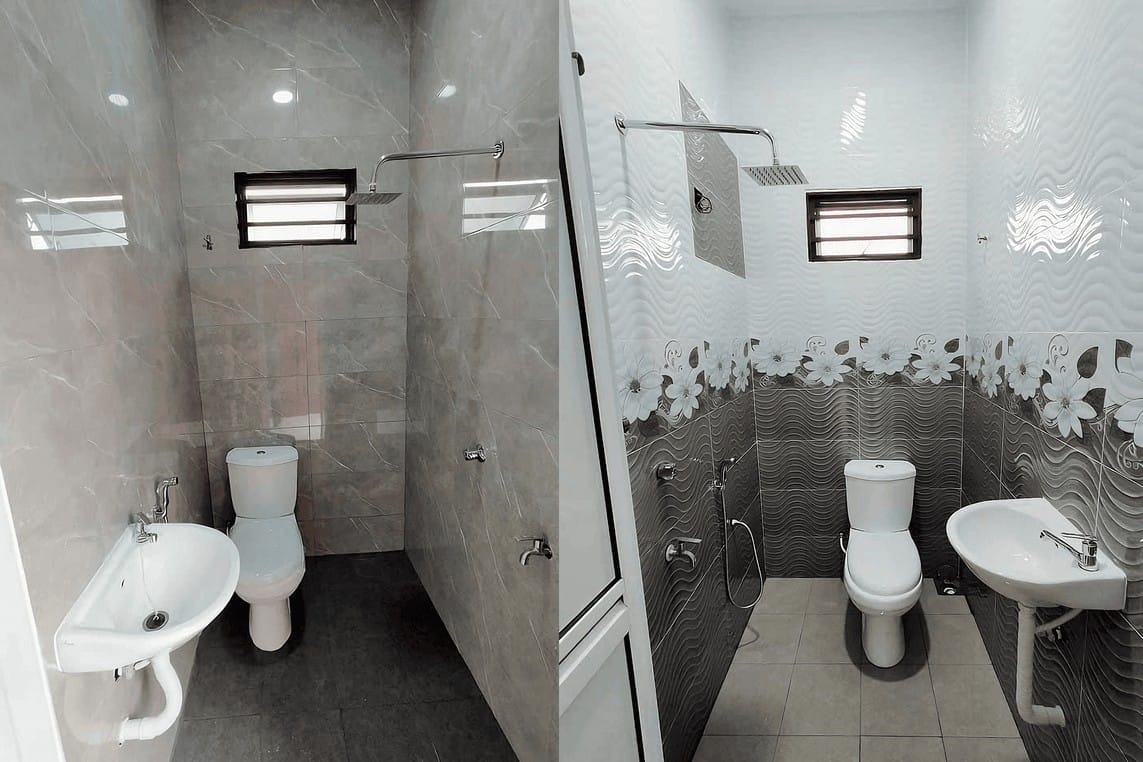
Understanding Smart Materials and Their Benefits
Smart materials are fascinating innovations that respond dynamically to environmental changes, making them ideal for modern construction. These materials can adapt their properties in real-time, enhancing the performance and sustainability of buildings. Imagine a home that adjusts its temperature autonomously, or walls that heal minor cracks on their own! This not only increases the longevity of our homes but significantly reduces the need for constant upkeep.
Integrating smart materials into home construction offers numerous advantages. Key benefits include:
- Energy Efficiency: Smart materials can regulate heat and light, reducing energy consumption.
- Cost-Effectiveness: These materials may lead to lower utility bills and maintenance costs over time.
- Environmental Impact: By minimizing energy use and waste, smart materials contribute to a greener future.
Incorporating smart materials into Malaysian architecture aligns perfectly with the country’s rich tapestry of culture and climate. For example, using phase change materials (PCMs) can help homes absorb and release heat more effectively, promoting thermal comfort throughout Malaysia’s tropics. Here’s a simple comparison of traditional versus smart construction materials:
| Type of Material | Traditional Materials | Smart Materials |
|---|---|---|
| Insulation | Static | Dynamically adjusts |
| Energy Consumption | Higher | Lower |
| Maintenance | Regular | Minimal |
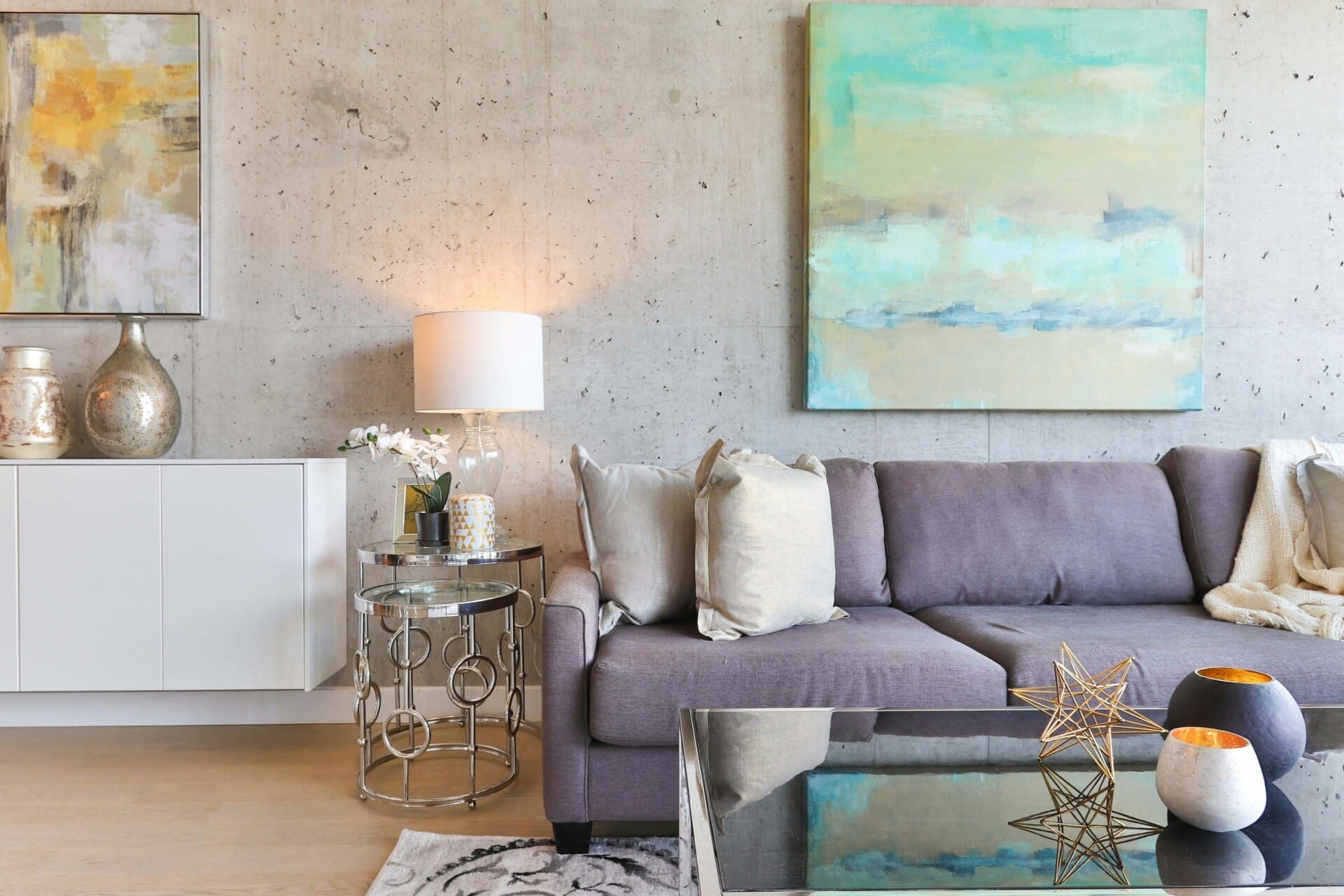
Sustainability: Reducing Environmental Impact with Smart Solutions
In recent years, the construction landscape in Malaysia has witnessed a transformative shift towards incorporating smart materials that not only enhance aesthetic appeal but also significantly reduce environmental impact. These materials are designed to improve energy efficiency, optimize resource consumption, and minimize waste, paving the way for a greener future. With the urgent need to address climate change and resource depletion, the adoption of innovative solutions in home construction can create a more sustainable living environment for Malaysians.
One of the most compelling benefits of smart materials is their ability to adapt to changing environmental conditions. By harnessing technologies such as self-healing concrete, homes can withstand natural wear and tear while maximizing durability. Moreover, materials like photovoltaic glass can generate electricity right from the windows, significantly reducing reliance on non-renewable energy sources. This shift not only lessens the carbon footprint of homes but also introduces long-term cost savings for homeowners through reduced utility bills.
To illustrate the potential savings and environmental benefits smart materials can offer, consider the following table comparing traditional materials with smart options in Malaysian home construction:
| Material Type | Benefits | Environmental Impact |
|---|---|---|
| Traditional Concrete | – Time-consuming construction - Higher maintenance |
– High carbon emissions during production |
| Smart Concrete | – Self-repairing capabilities – Low maintenance |
– Reduced carbon footprint |
| Standard Glass | – Basic insulation - Limited energy efficiency |
– Requires energy for heating/cooling |
| Photovoltaic Glass | – Generates power – Exceptional insulation |
– Utilizes renewable energy |
Embracing smart materials not only aligns with global sustainability goals but also enhances the quality of life for residents in Malaysia. As the local construction industry evolves, understanding the importance of these advancements can empower homeowners and builders alike to make more informed choices that support a healthier planet. Transitioning to eco-friendly solutions, supported by smart technology, could ultimately redefine what it means to build a home in Malaysia, ensuring that new developments stand the test of time—both structurally and environmentally.
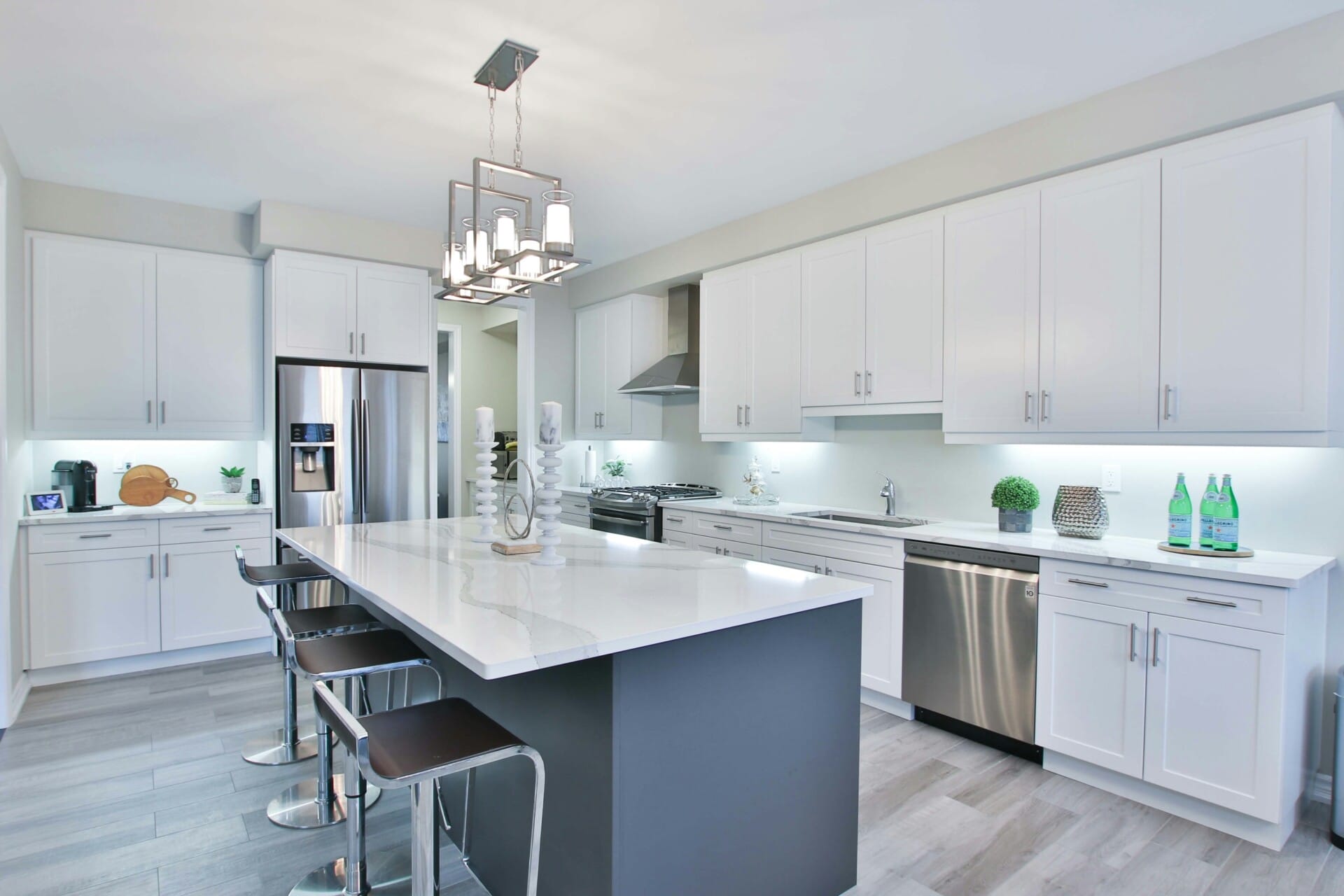
Enhancing Energy Efficiency for a Greener Home
In the quest for a more sustainable lifestyle, energy efficiency in homes has become a critical focus, especially in Malaysia’s rapidly developing urban landscape. Using smart materials in construction not only enhances comfort and aesthetics but also significantly reduces energy consumption. By integrating products like thermochromic windows, which change tint based on temperature, homes can maintain a comfortable indoor climate without excessive reliance on air conditioning systems.
Another game-changer is the utilization of phase change materials (PCMs). These innovative materials absorb, store, and release thermal energy, effectively balancing indoor temperatures throughout the day and night. By incorporating PCMs into walls and ceilings, homeowners can expect to see an impressive reduction in energy bills while creating a more pleasant living environment. A typical home equipped with PCMs can achieve savings of up to 30% in energy costs, underscoring the vast potential of these materials in modern home design.
Furthermore, don’t overlook the impact of eco-friendly insulation, made from recycled materials like denim or cellulose. This not only minimizes heating and cooling costs but also reduces the carbon footprint of construction. To give you a clearer picture, here’s a brief comparison of these materials:
| Material Type | Benefits | Energy Saving Potential |
|---|---|---|
| Thermochromic Windows | Self-regulating temperature control | 20-40% |
| Phase Change Materials | Thermal energy storage | Up to 30% |
| Eco-Friendly Insulation | Reduces energy loss | 15-25% |
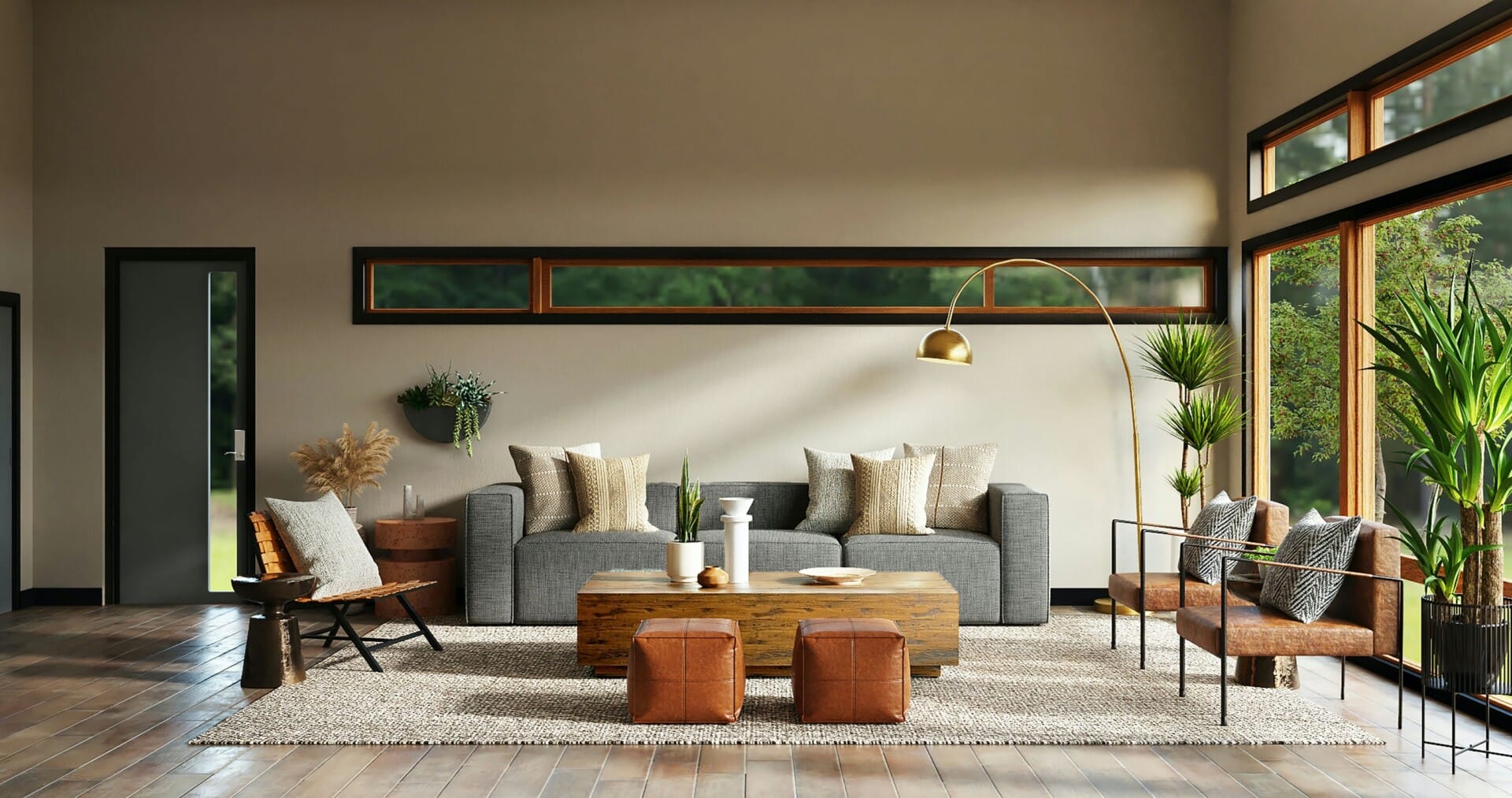
Cost-Effectiveness: Long-Term Savings through Innovation
Smart materials not only redefine aesthetic appeal but also present a groundbreaking opportunity for cost savings in home construction. By incorporating innovative technologies like self-healing concrete and phase-changing materials, Malaysian homeowners can benefit from reduced maintenance and repair costs. Imagine a home that adapts to environmental changes, ensuring thermal comfort without relying heavily on air conditioning. This not only fosters a more sustainable lifestyle but also keeps utility bills significantly lower.
The initial investment in smart materials may seem steep, but the long-term benefits make it a wise choice. Homeowners can save greatly on:
- Energy expenses – Smart materials improve insulation, decreasing heating and cooling demands.
- Maintenance costs – Durability ensures fewer repairs over time, saving money and time.
- Insurance premiums – Homes built with advanced materials may qualify for lower rates due to enhanced safety and durability.
Moreover, a shift to smarter construction techniques opens the door to potential government incentives for sustainability. For instance, utilizing materials that reduce the overall carbon footprint can lead to tax rebates or subsidized funding. Below is a simple overview of potential savings from smart materials:
| Material | Initial Cost | Estimated Savings Over 10 Years |
|---|---|---|
| Self-Healing Concrete | RM 10,000 | RM 30,000 |
| Phase-Changing Insulation | RM 8,000 | RM 25,000 |
| Smart Windows | RM 12,000 | RM 35,000 |
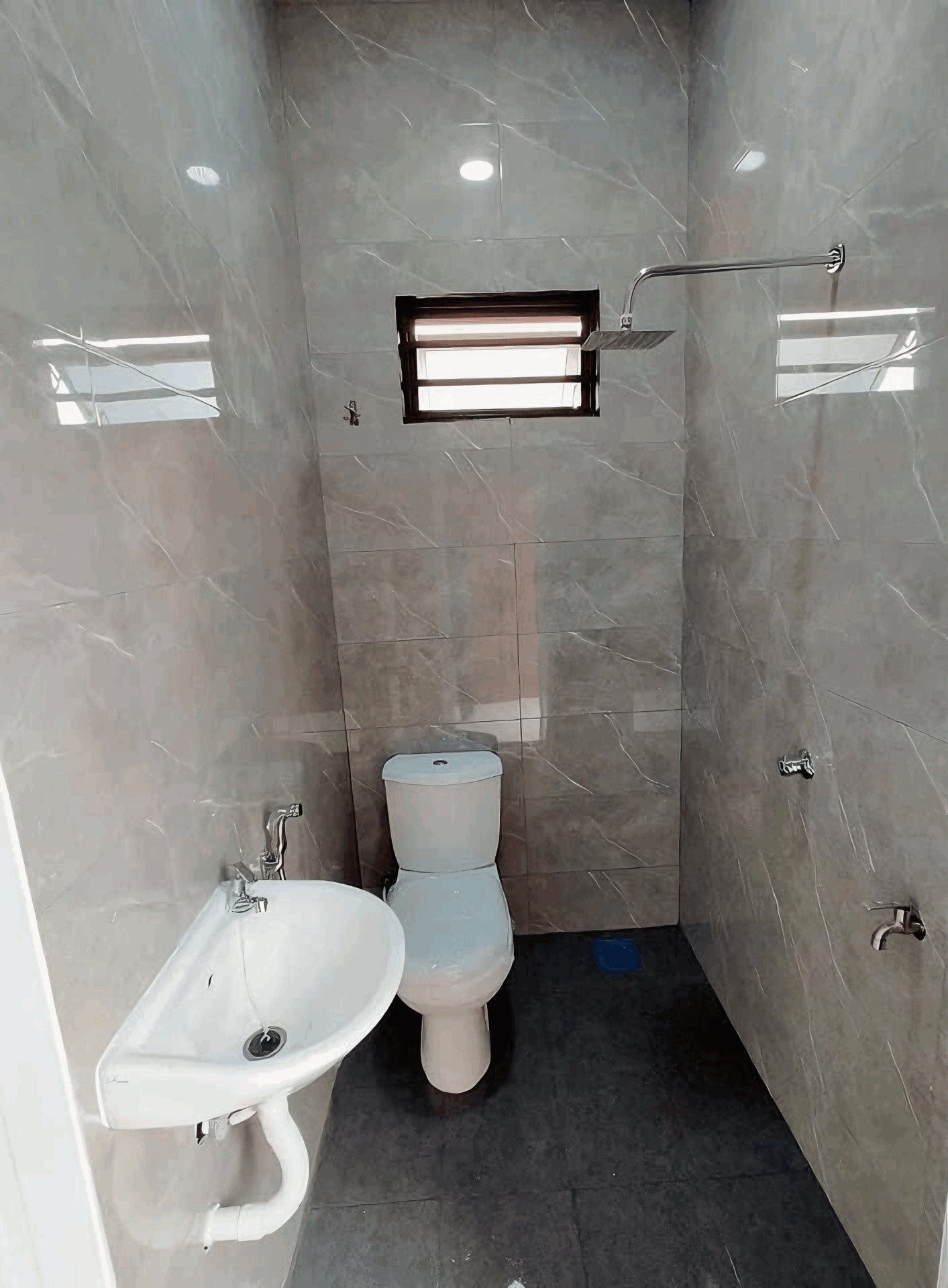
Adapting to Climate Challenges with Intelligent Design
As Malaysia faces increasing climate challenges—from rising temperatures to unexpected monsoons—incorporating intelligent design into home construction is becoming essential. Smart materials offer innovative solutions that not only enhance the durability of homes but also play a crucial role in energy efficiency. Imagine homes that can self-regulate temperature, manage moisture, and even generate energy, all while blending seamlessly with the natural environment. This approach not only protects against harsh weather but also reduces long-term maintenance costs.
One of the remarkable features of smart materials is their adaptability. These materials can react to environmental changes, making them perfect for addressing the specific needs of Malaysian weather. For instance, thermochromic materials adjust their color and insulation properties based on temperature changes, ensuring that homes remain cooler during the sweltering heat. Meanwhile, phase change materials (PCMs) absorb excess heat during the day and release it at night, helping to maintain a comfortable indoor climate without the need for excessive air conditioning.
Incorporating these technologies into new construction does more than just enhance individual homes—it can lead to a significant transformation in community resilience. With intelligent design, neighborhoods can achieve improved energy management and resource efficiency. Take a look at this simple comparison of traditional vs smart materials:
| Aspect | Traditional Materials | Smart Materials |
|---|---|---|
| Energy Efficiency | Fixed insulation properties | Self-regulating based on climate |
| Durability | Standard wear & tear | Enhanced resilience to climate factors |
| Comfort Level | Dependent on HVAC systems | Natural climate adaptation |
By choosing smart materials and intelligent design, Malaysian homeowners can cultivate not just a more sustainable living environment, but also contribute to a larger movement toward climate resilience. It’s about making informed choices today that lead to a better future for our homes and communities.
Integration of Technology: The Future Home Experience
The concept of integrating technology into our homes is rapidly evolving, especially in Malaysia where innovation meets tradition. Smart materials are at the forefront of this transformation, bringing a new level of functionality and sustainability. Imagine living in a house that can adapt to changing weather conditions or one that can help lower your energy bills automatically. With advanced materials that respond to stimuli, homeowners are not just creating living spaces but intelligent environments that enhance their lifestyles.
One of the exciting developments in smart materials is their ability to regulate temperature and humidity. For instance, thermochromic windows change opacity with temperature fluctuations, allowing natural light while maintaining a comfortable indoor climate. Homeowners can also benefit from self-healing materials that repair themselves after minor damage. This innovation means less stress over maintenance and more peace of mind as we enjoy our beautiful Malaysian landscapes inside our homes.
Moreover, the integration of sustainable smart materials can have a profound impact on construction practices. By utilizing locally sourced, eco-friendly products, builders can create homes that are not only energy-efficient but also reduce the overall carbon footprint. Here’s a quick look at a comparison that showcases some of these revolutionary materials:
| Material Type | Main Benefit | Example Usage |
|---|---|---|
| Phase Change Materials | Thermal regulation | Insulation systems |
| Lightweight Concrete | Reduced weight & energy cost | Building foundations |
| Bio-based Insulation | Eco-friendly & sustainable | Wall insulation |
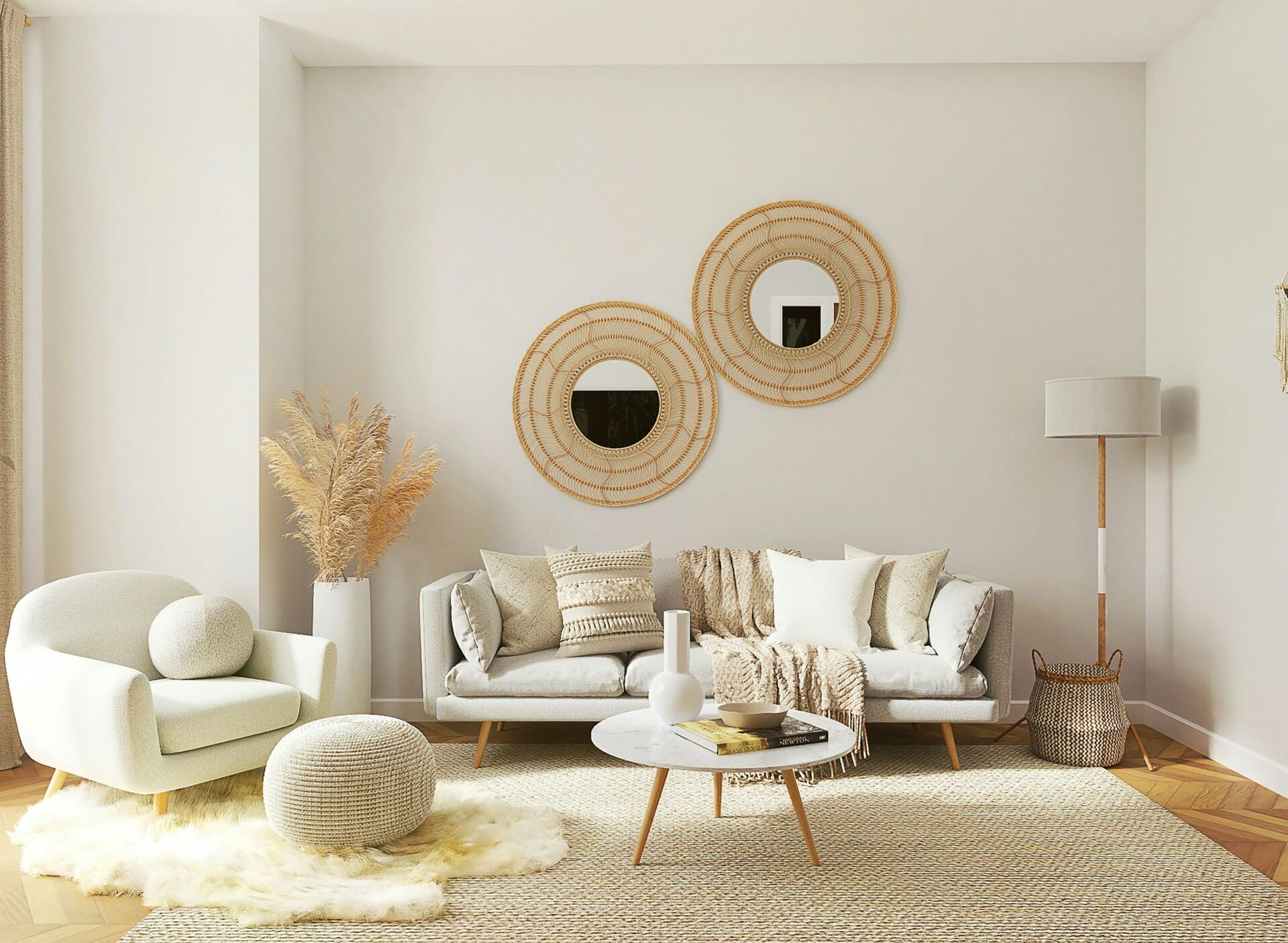
Steps for Homeowners to Embrace Smart Materials in Construction
To kickstart your journey into smart materials, research is vital. Dive into the innovative options available in the market, from self-healing concrete to phase-changing materials that adapt to temperature changes. Explore case studies and testimonials of other homeowners who have successfully integrated these materials into their homes. Knowledge is power, and understanding how these materials work will help you make informed choices that resonate with your lifestyle and sustainability goals.
Next up, collaborate with professionals. Engaging with architects or contractors who specialize in smart materials is crucial. They can provide insights into the best materials suited for your specific needs and local climate conditions. Ask questions, such as:
- What are the long-term benefits?
- How do these materials enhance insulation or energy efficiency?
- Are there any maintenance considerations?
Building a home with smart materials not only enhances your space but also contributes to a greener future for Malaysia.
Lastly, start small. Incorporate smart materials into smaller projects or renovations before fully committing to larger construction. For instance, consider using smart glass for windows or eco-friendly insulation in your attic. This not only allows you to see the immediate benefits but also helps you assess whether these materials align with your vision. You can create a simple table to compare different materials and their features:
| Material | Benefit | Application |
|---|---|---|
| Self-Healing Concrete | Repairs cracks autonomously | Driveways, foundations |
| Phase-Change Material | Regulates indoor temperature | Walls, ceilings |
| Smart Glass | Controls light and heat penetration | Windows, doors |
To Wrap It Up
As we wrap up our dive into the world of smart materials and their role in reshaping Malaysian home construction, it’s clear that the future looks pretty exciting. Imagine homes that respond to their environment, saving energy and enhancing comfort without you lifting a finger. Sounds like something straight out of a sci-fi movie, right?
With Malaysia’s unique climate and evolving needs, integrating these innovative materials can lead to homes that are not only sustainable but also truly functional. Think about a future where your walls can regulate temperature, your windows can tint according to sunlight, and your roof can harness the power of the sun. It’s not just about fancy tech; it’s about creating spaces that work for us and our environment.
So, as we move forward, let’s keep an open mind and a keen eye on these advancements. Smart materials could very well redefine what it means to build a house in Malaysia, making our living spaces more efficient, comfortable, and environmentally friendly. Exciting times lie ahead, and who knows? The home of your dreams might just be a smart material away!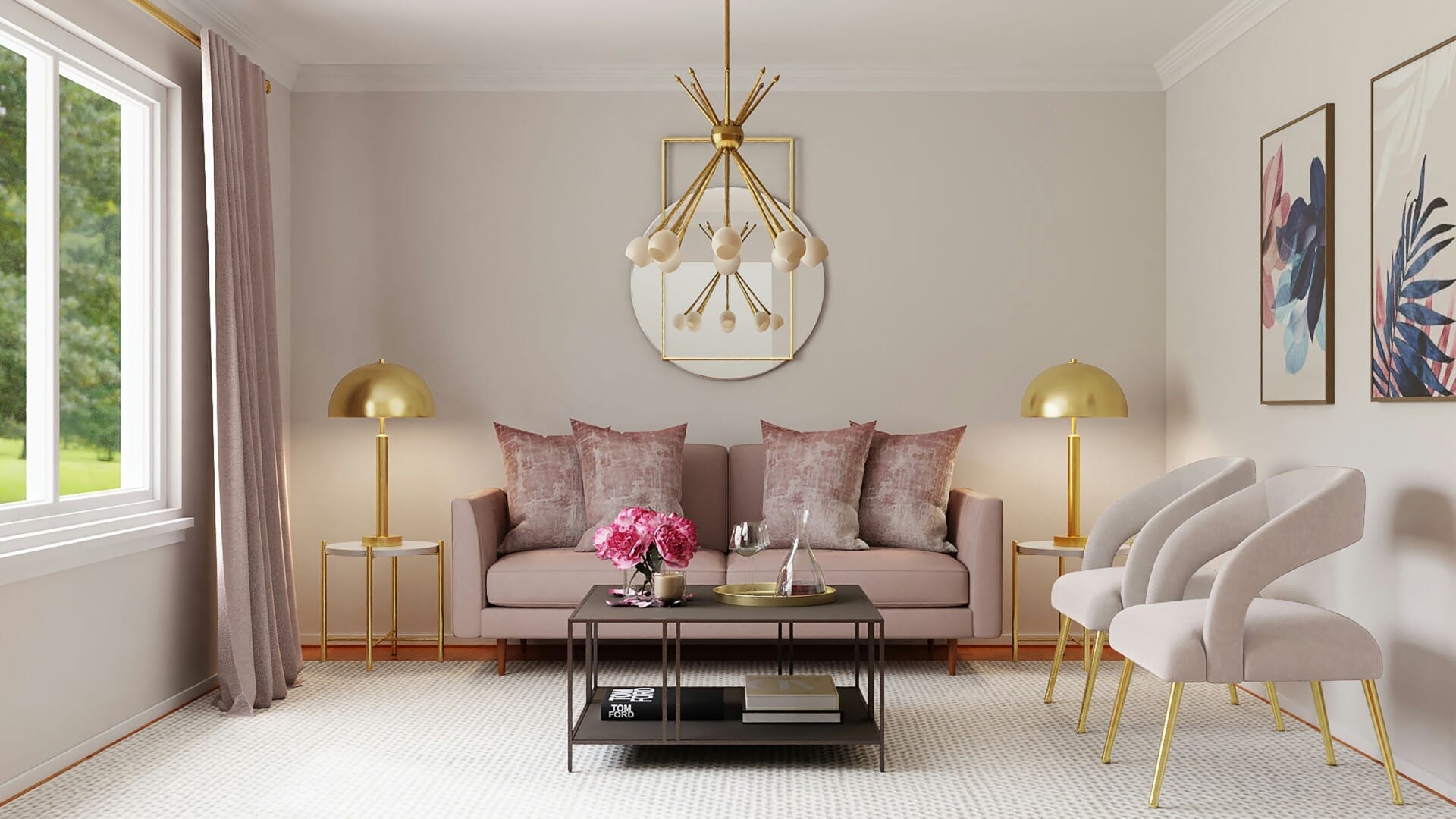
Source link
kontraktor rumah
bina rumah
pinjaman lppsa
pengeluaran kwsp
spesifikasi rumah
rumah batu-bata
pelan rumah
rekabentuk rumah
bina rumah atas tanah sendiri
kontraktor rumah selangor
rumah banglo



